'Les Recycleurs Bretons' has been one of France's leading waste disposal companies for the past thirty years. 2013 saw the inauguration of a regionally operating and contemporary waste recycling plant situated on the outskirts of the historical coastal town of Brest, in the heart of proud Brittany.
Its main purpose is to produce valuable fuel for nationally and internationally operating cement manufacturers from domestic, household and industrial waste. In this process, the hydraulically powered FineCut 2500 single-shaft shredder made by WEIMA Maschinenbau GmbH, from Ilsfeld, Germany, forms a central element and is used on-site as part of the final shredding process.
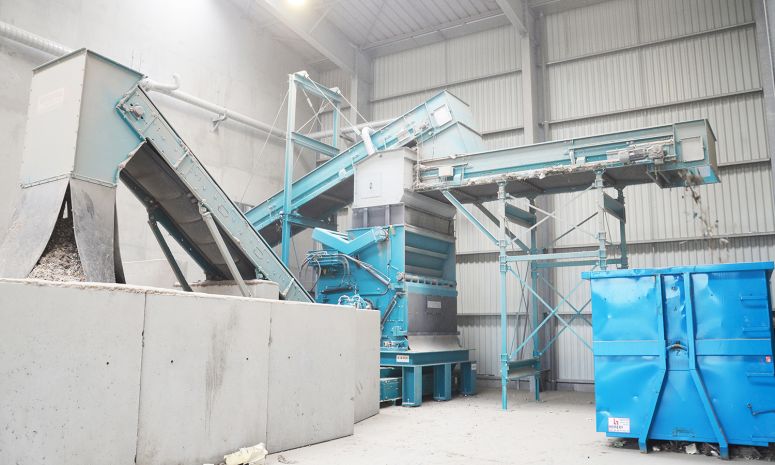
Picture 1: WEIMA FineCut 2500 single-shaft shredder
On weekdays, around 130 tonnes of waste are delivered to the Brest waste disposal facility, covering an area of 4 hectares. As a result, the facility’s monthly waste processing volume totals in excess of 2,500 tonnes and consists mainly of industrial and local household waste collections. Anything in all the trash cans around Brest ultimately ends up at the “Centre de Tri” operated by Recycleurs Bretons.
First of all, it is necessary to initially shred materials to then separate and sort the waste and make it suitable for fuel production. Wood with wood, plastic with plastic, metal with metal, paper with paper, etc. In Brest, this is done in many different ways. The facility uses sorting drums, overhead conveyor magnets and cutting-edge air separators to efficiently separate even the smallest material fragments. However, not everything can be done fully automatically. For this reason, employees monitor the material flow on conveyor belts to be able to manually react to any issues during sorting. In this process, it is particularly important to separate so-called impurities, such as large rocks. This is intended to safeguard the homogeneous character of the RDF material flow, but also counteract increased wear during shredding.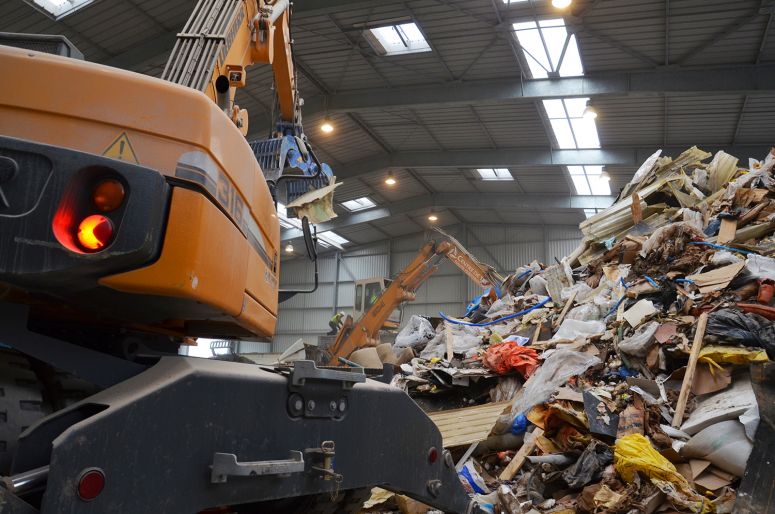
Picture 2: Two grabbing excavators supply the initial shredding process
After separation, the last step is to retrospectively shred the materials using the WEIMA FineCut 2500 single-shaft shredder. Its particularly fine-grained output meets the increasing demand for higher RDF qualities. The specially developed FineCut rotor is ideally suitable to retrospectively shred materials thanks to its aggressive infeed response.
The 30-tonne waste shredder is driven by an innovative Hägglund Bosch-Rexroth hydraulic unit with an output of 250 kW. Hydraulic drives bring about one, crucial advantage: they are not fitted with a traditional transmission unit which would normally be subject to wear caused by impacts, the units can react quicker and are less susceptible to impacts caused by impurities, such as metal fragments.

Removed impurities
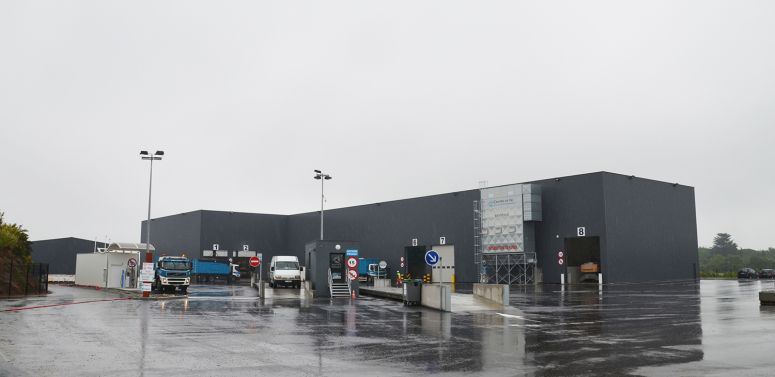
Picture 4: View of the “Les Recycleurs Bretons” facility
Hydraulic drives also operate very efficiently at high cutter forces, as is the case when shredding PP, filaments, multi-filaments or big bags, thanks to their high torque and initial breakaway torque. Hydraulic drives also score high with regard to their flexibility. The rotor speed can be set continuously and for this reason, the shredder can be ideally configured to match the material for shredding, regardless of hard or soft, solid or fibrous.
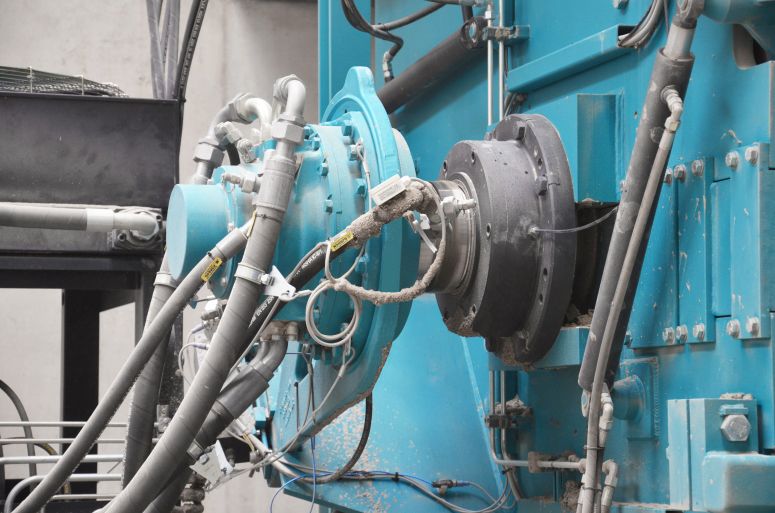
Picture 5: WEIMA FineCut 2500 hydraulic drive with an output of 250 kW
This is how WEIMA shredding technology contributes to producing refuse-derived fuels at the Brest facility in two shifts. The fuel ultimately ends up in the incinerators of renowned cement manufacturers. Jean-Michel Abiven, Production Manager at “Les Recycleurs Bretons”, positively reflects on the first year of operation, “the WEIMA shredder is extremely durable and fully meets our requirements. Regular maintenance is paramount. Consequently, we are able to safeguard an efficient production.”
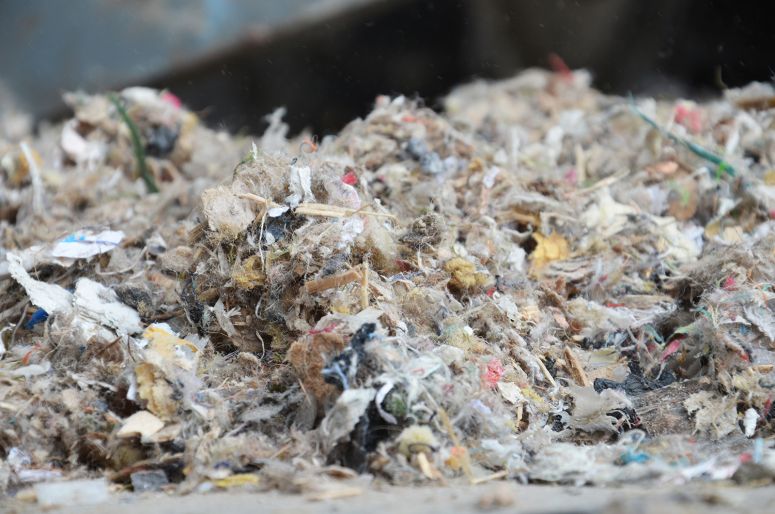
Picture 6: Material (RDF) that has been shredded with a WEIMA FineCut 2500